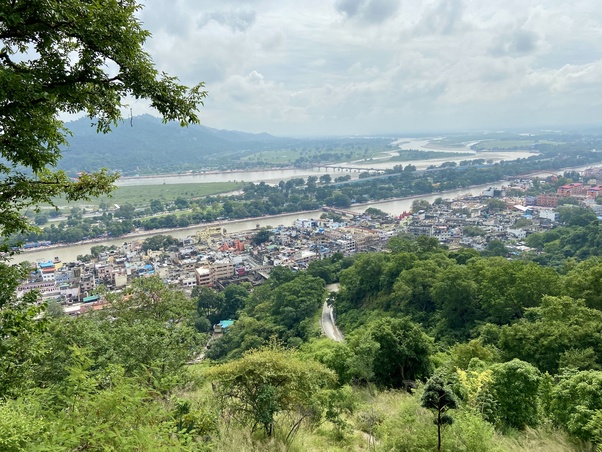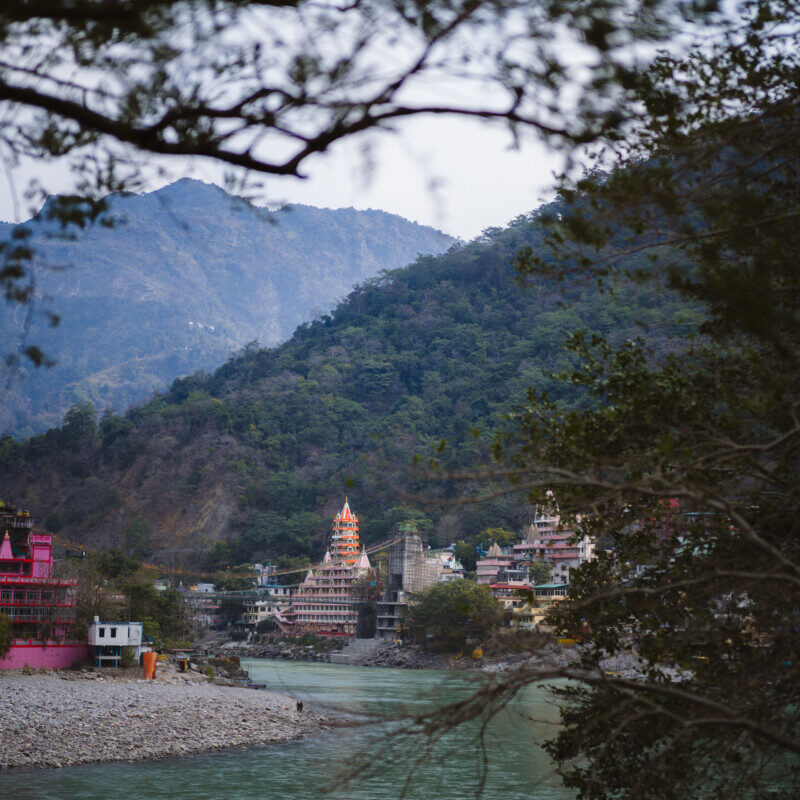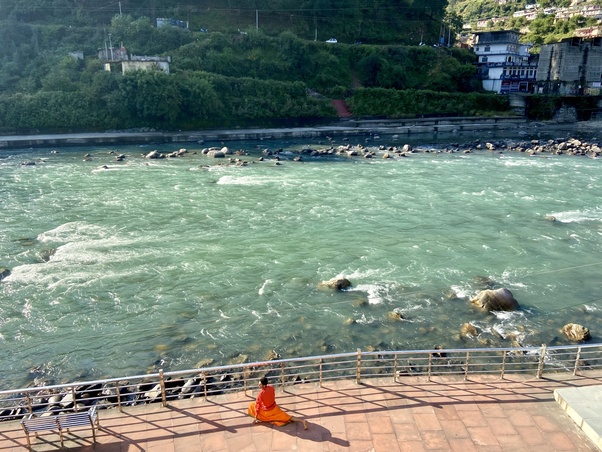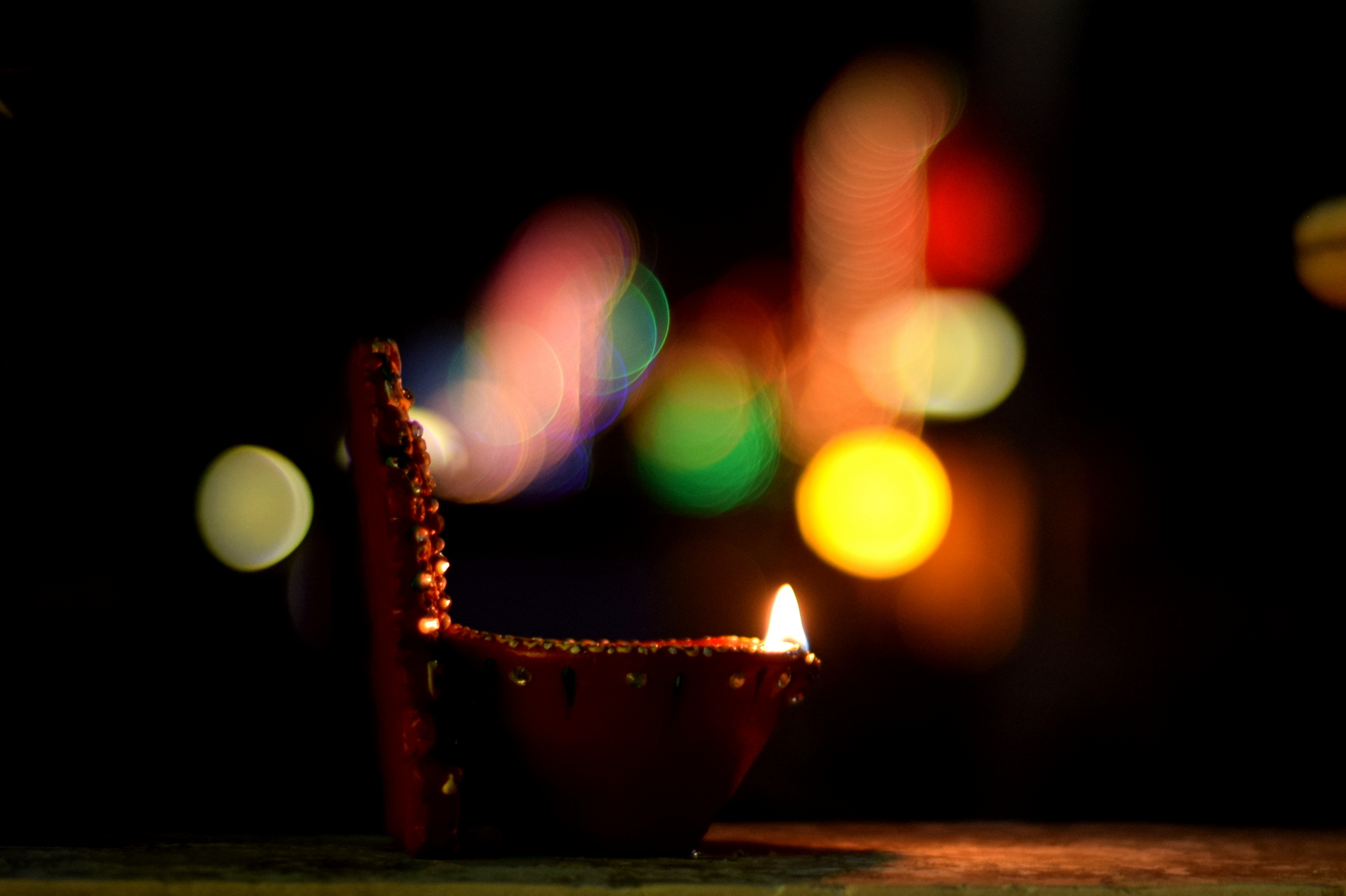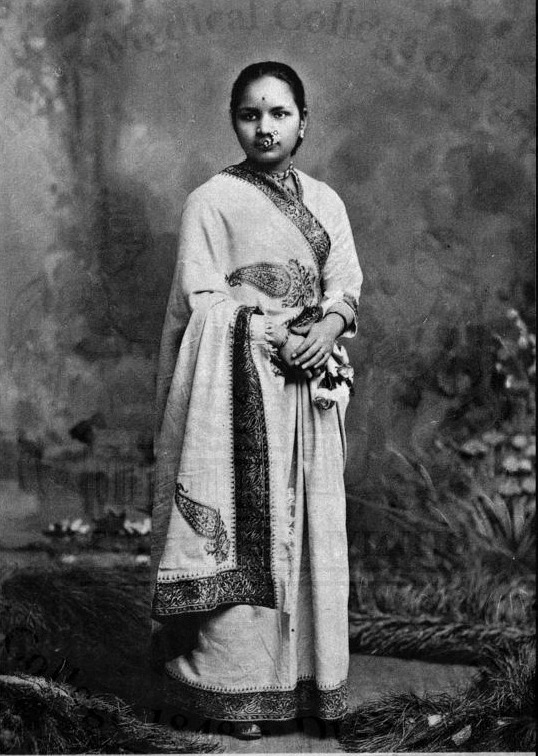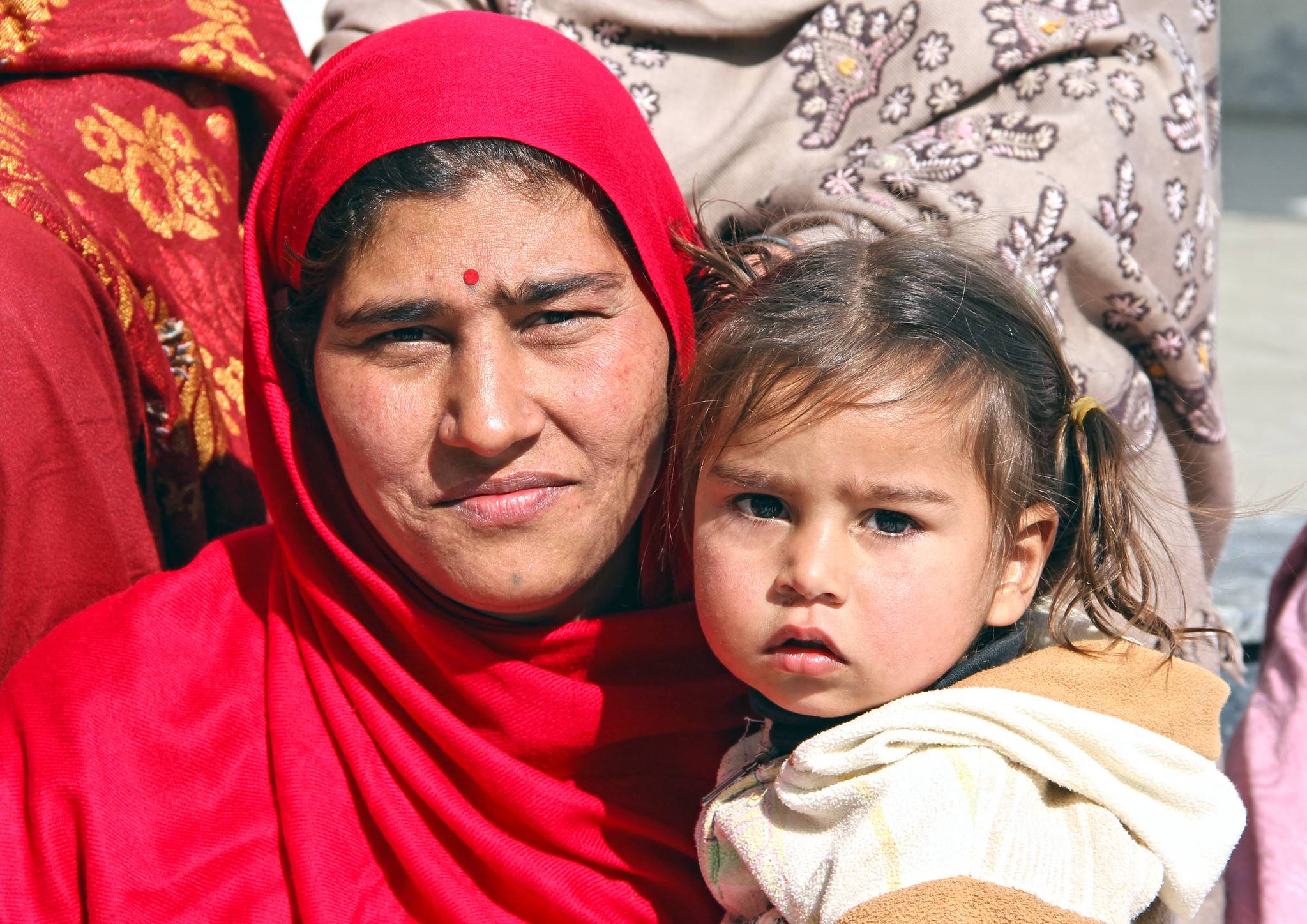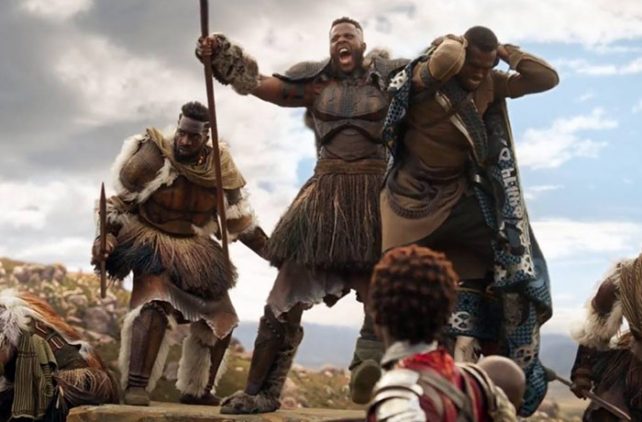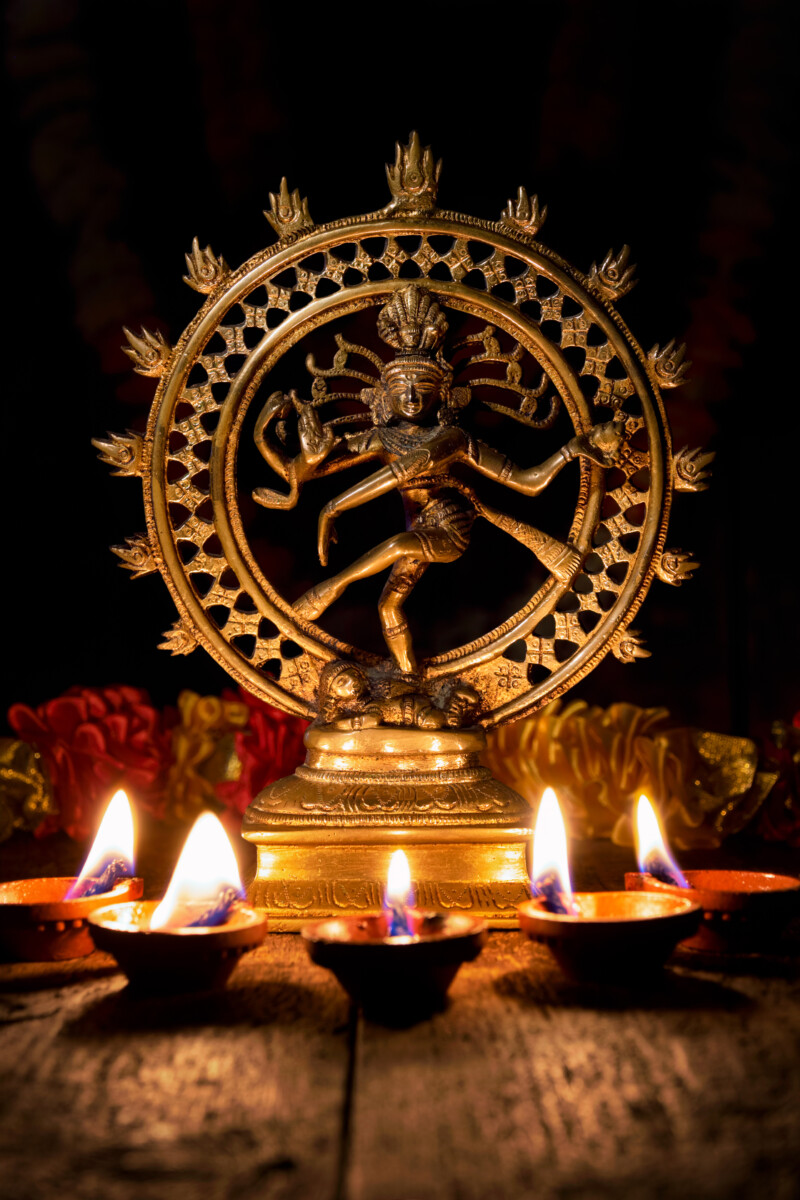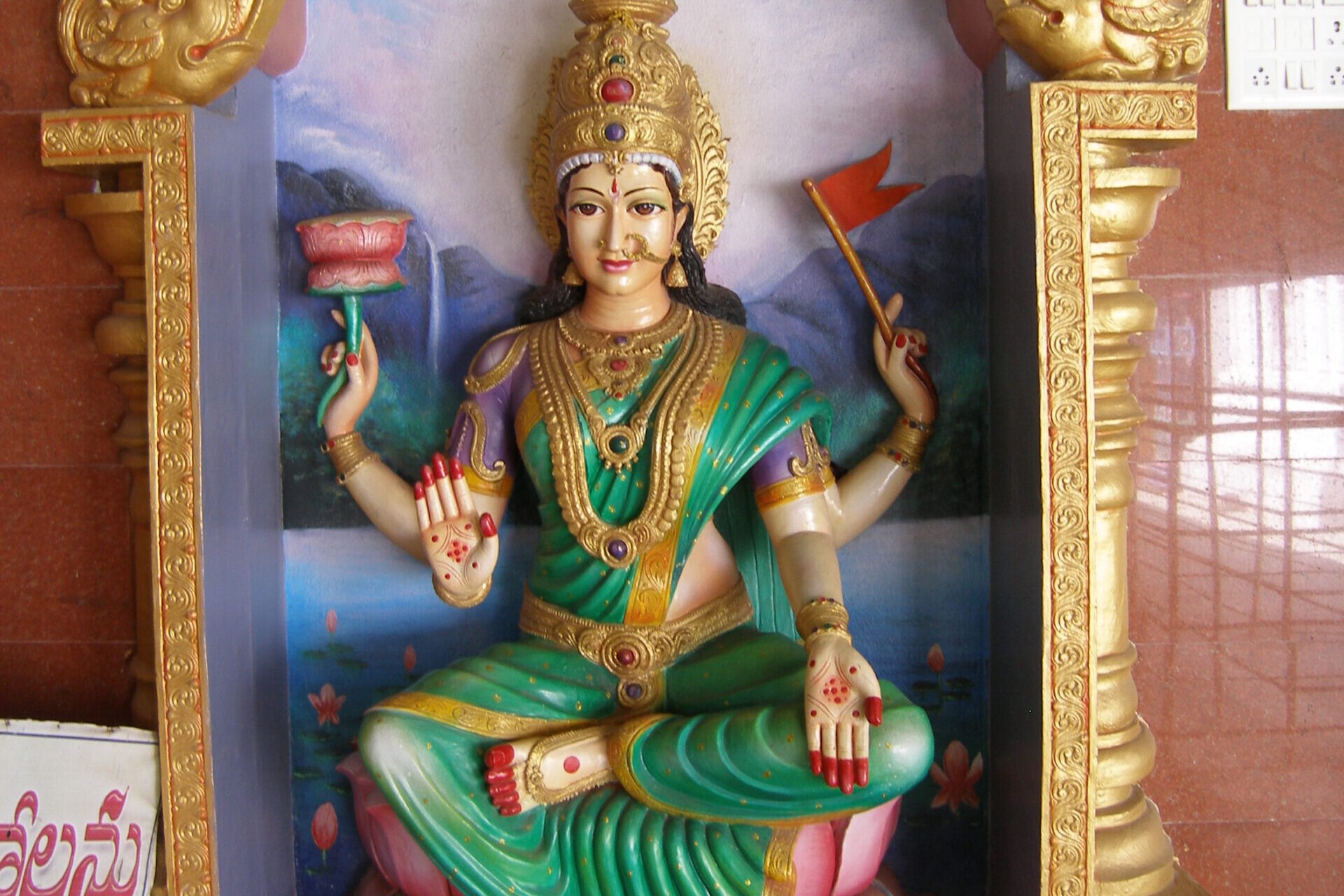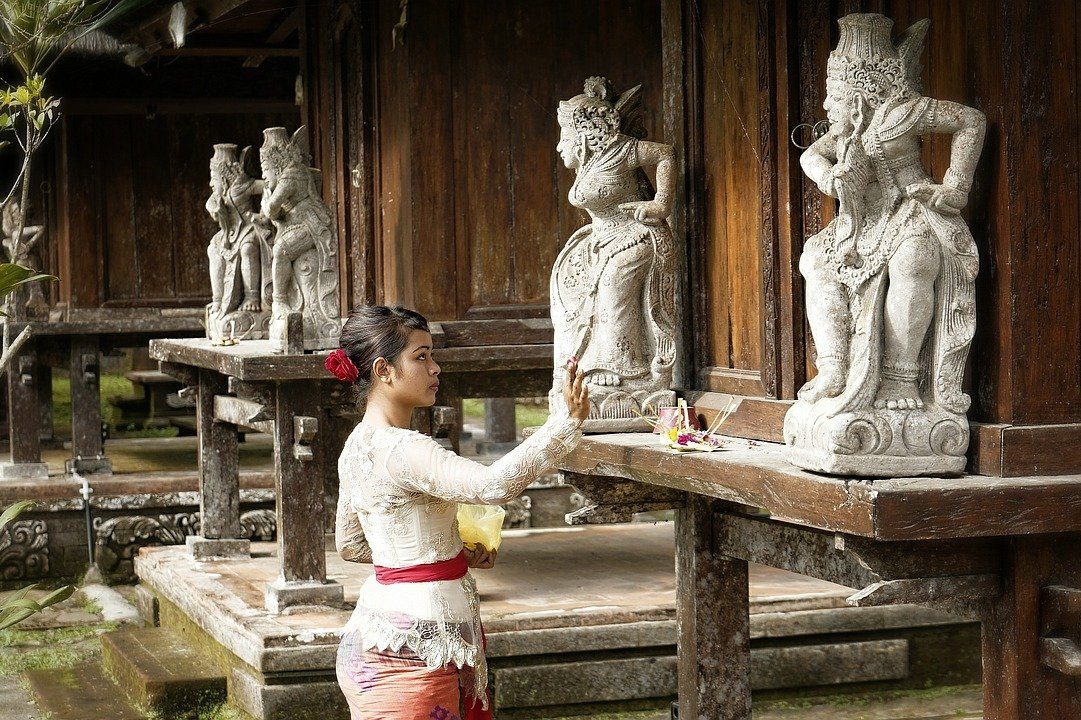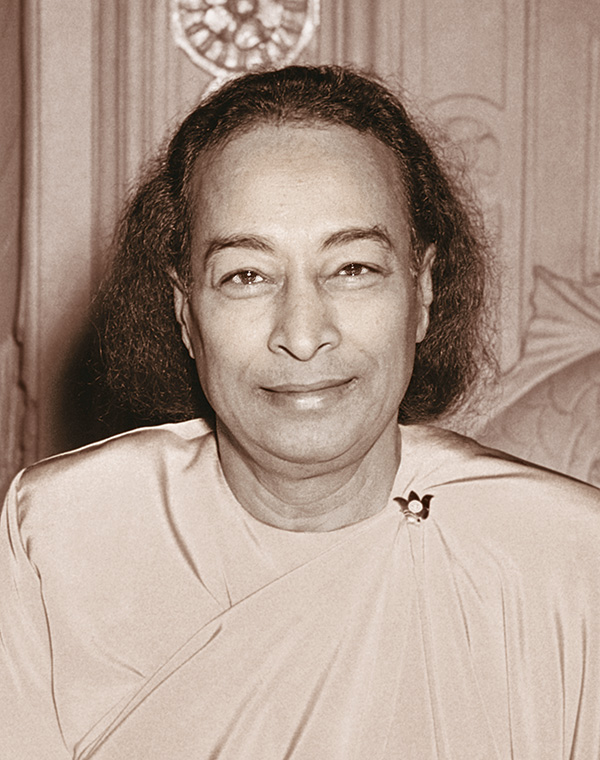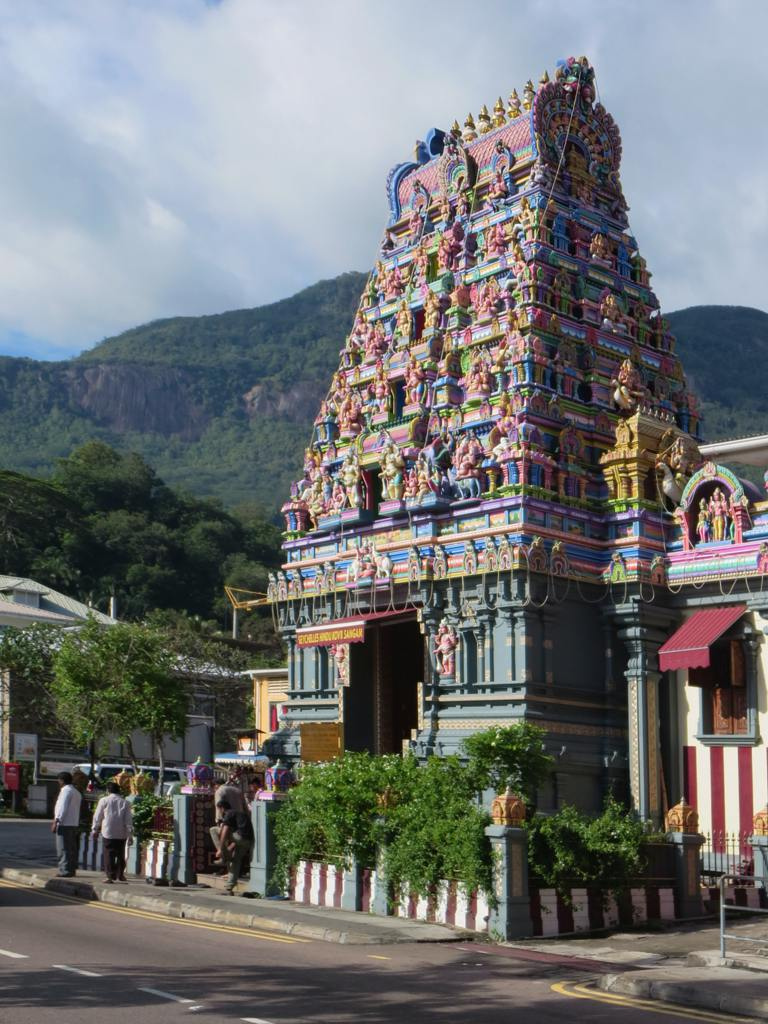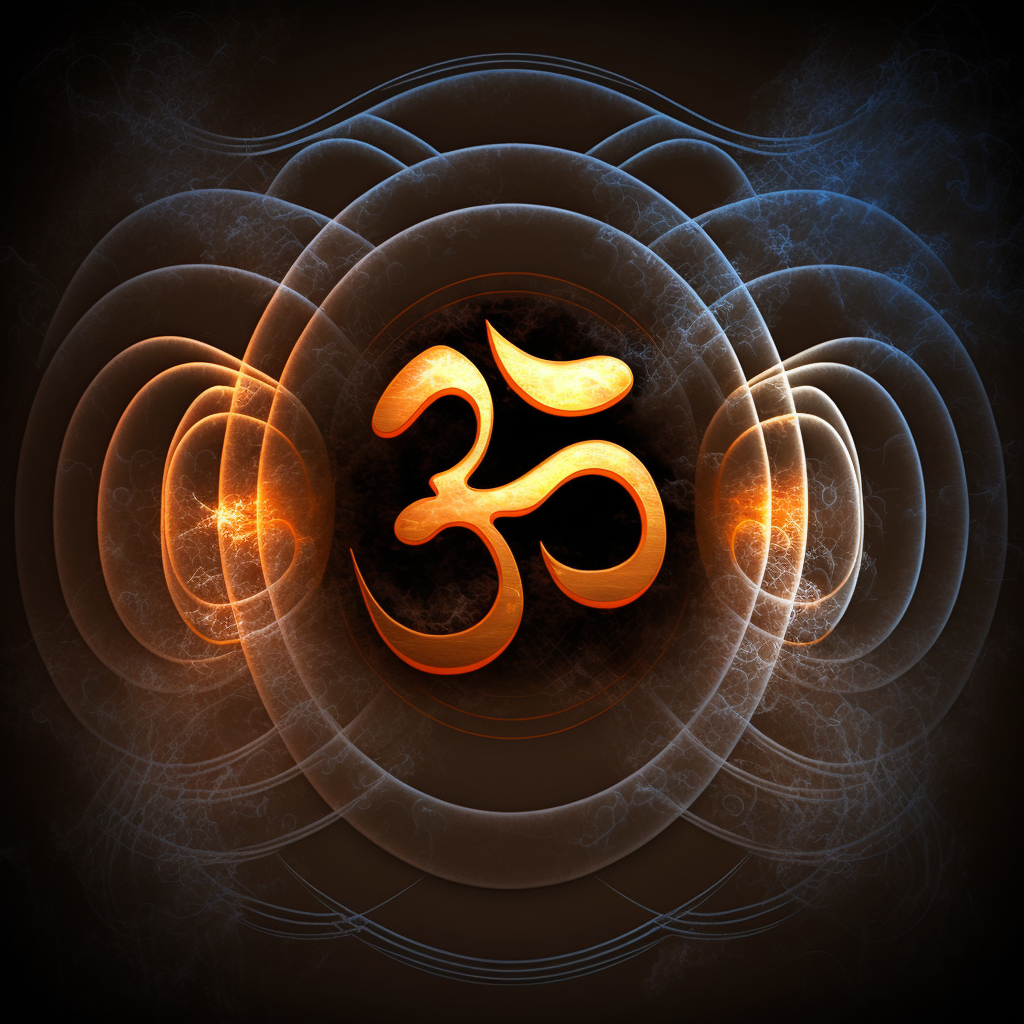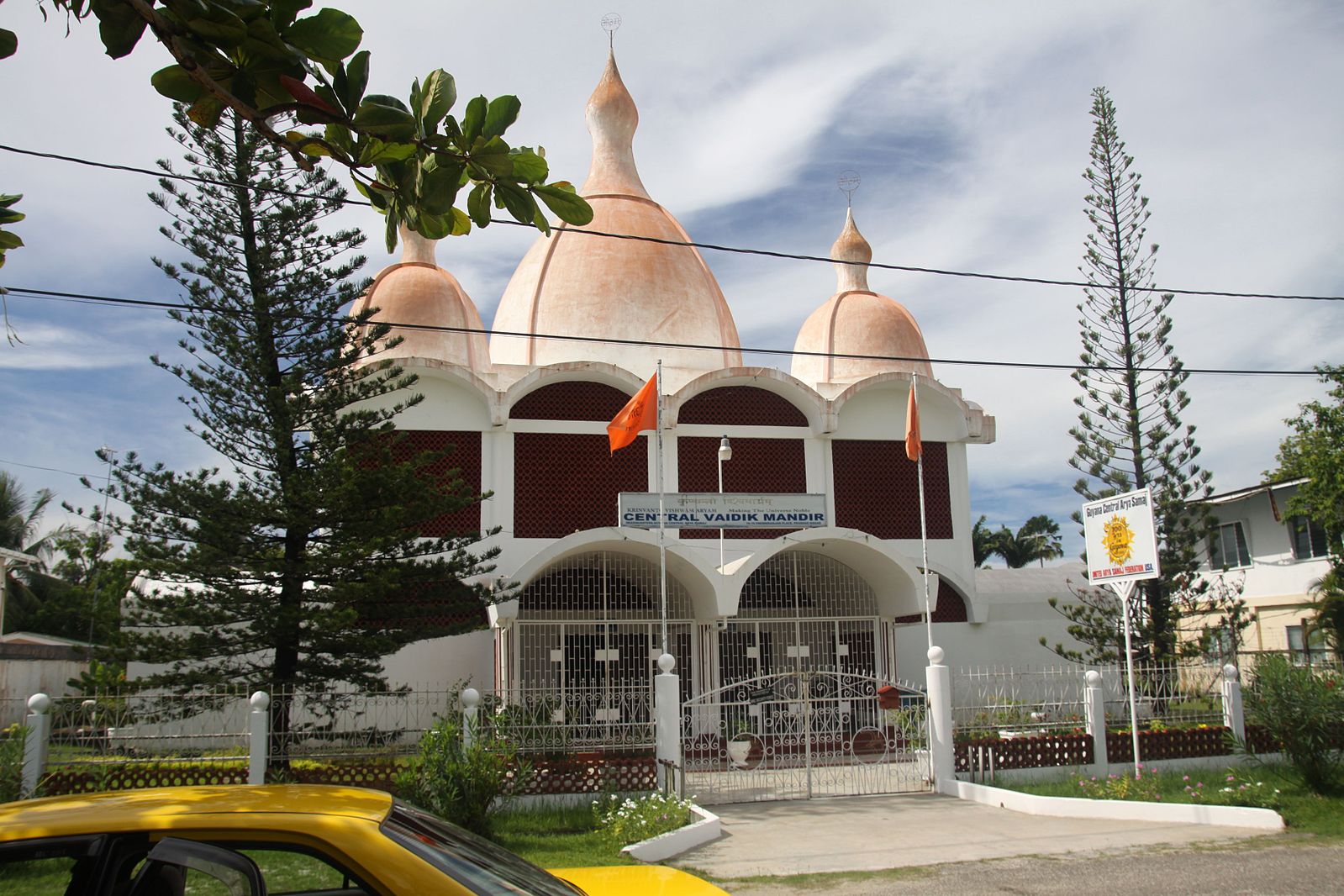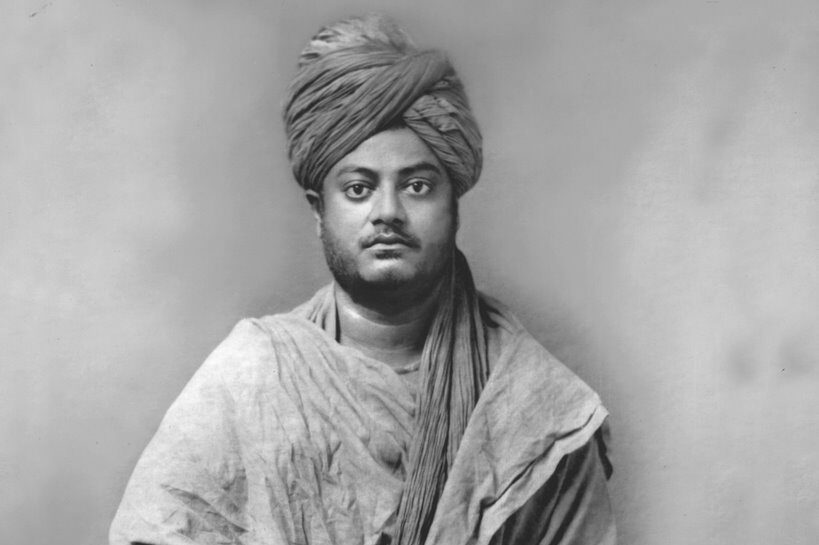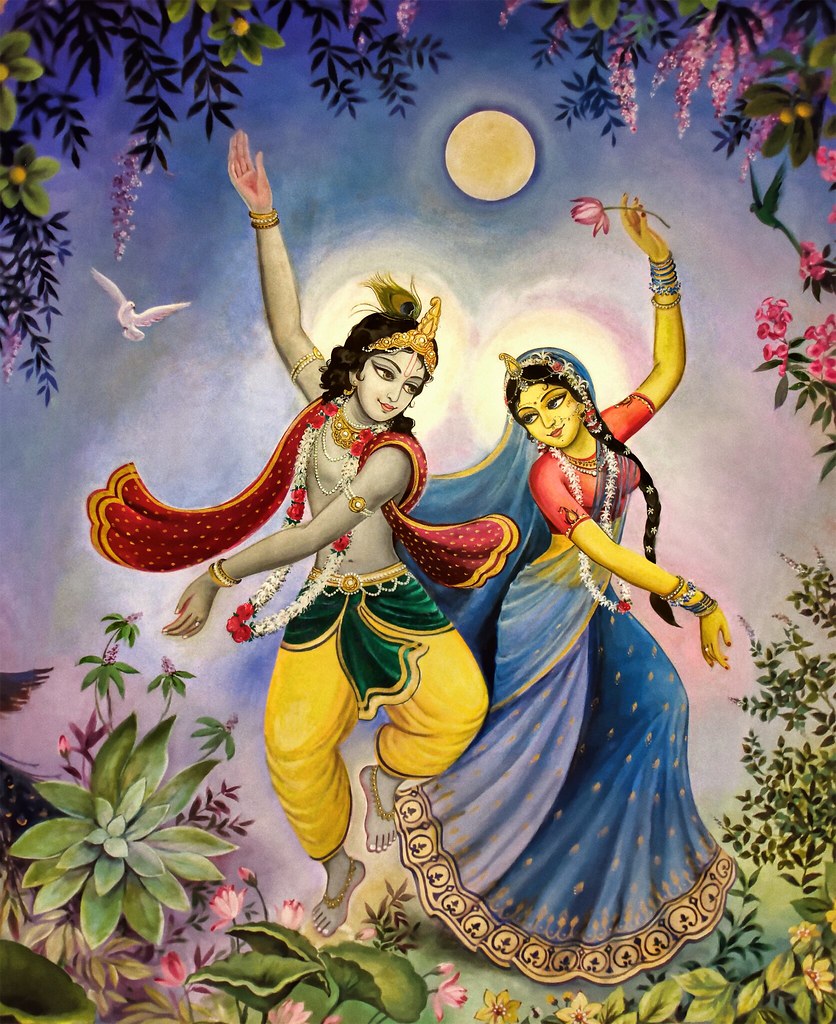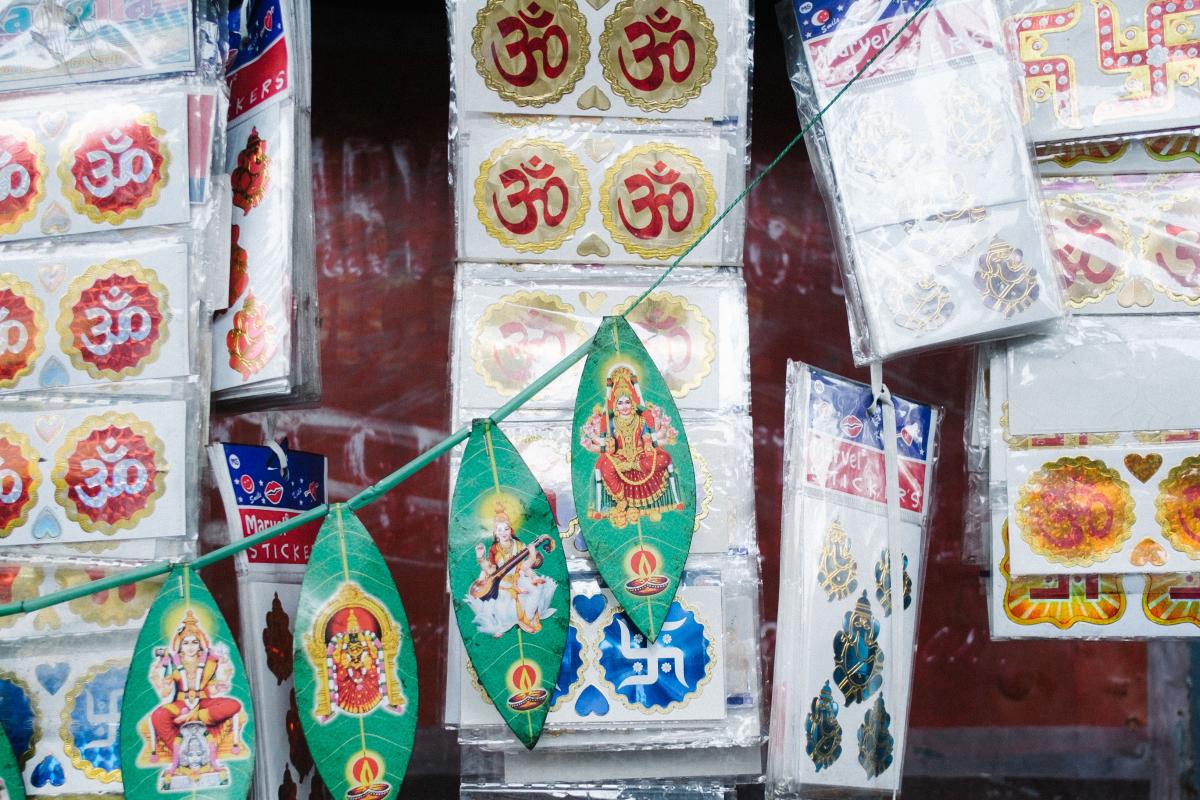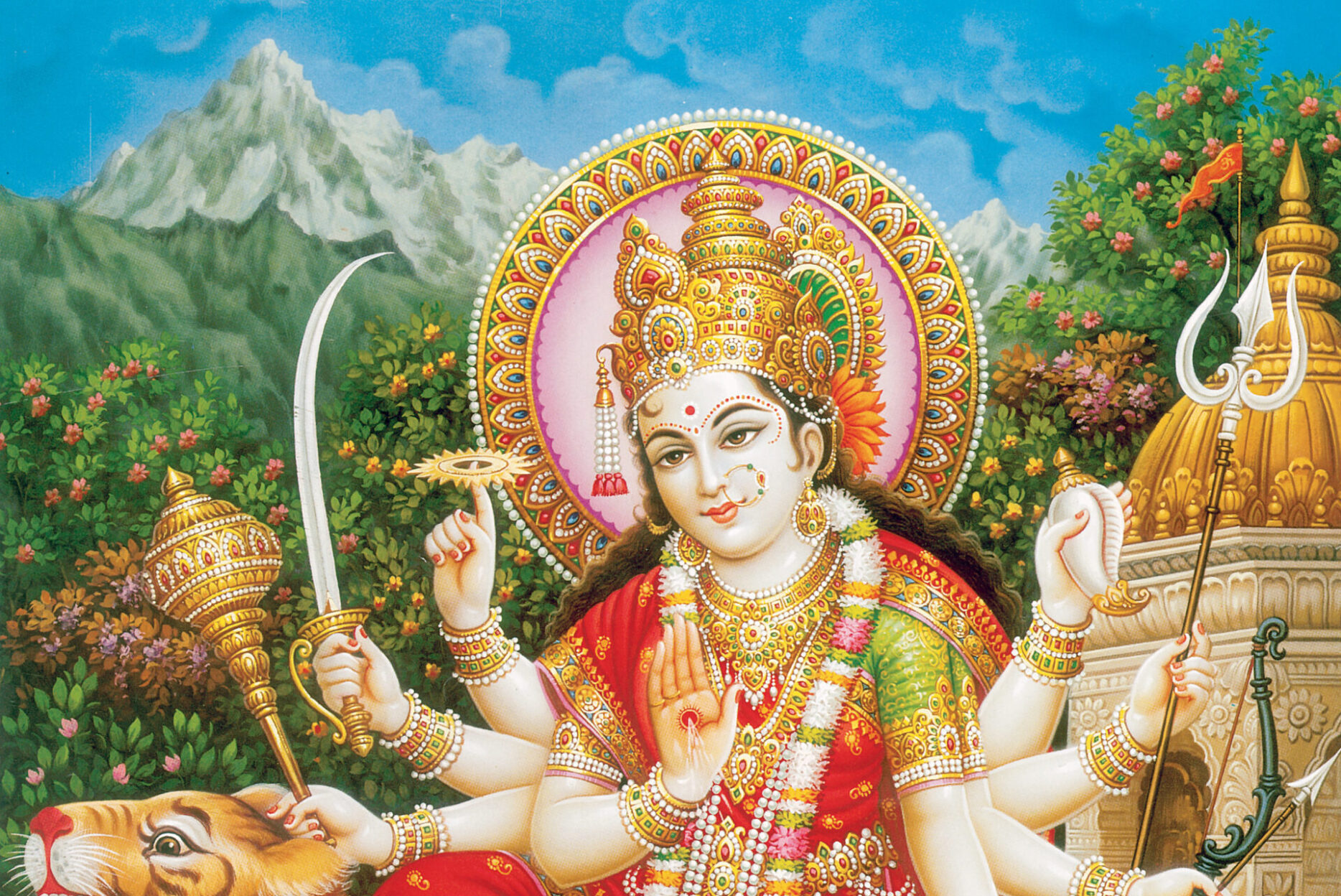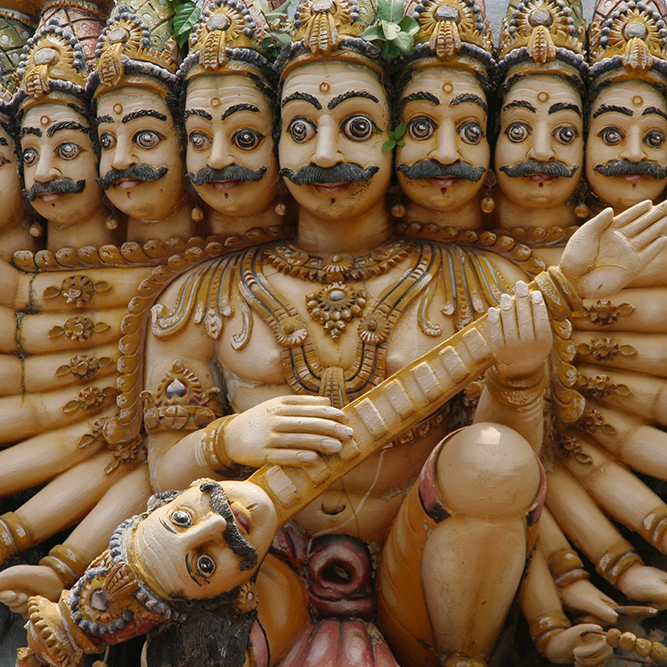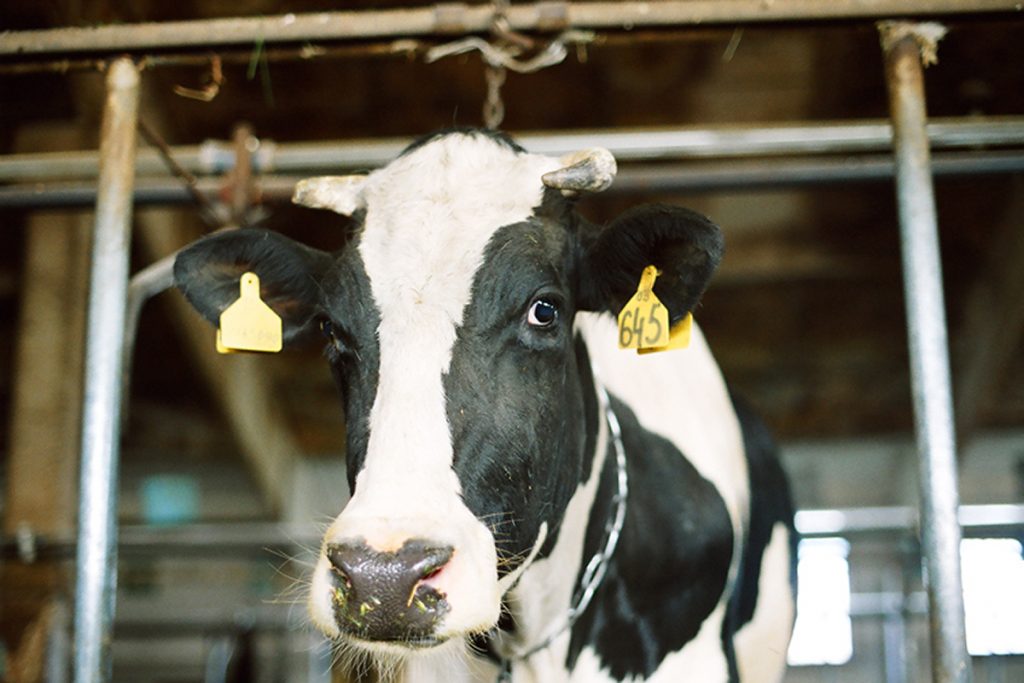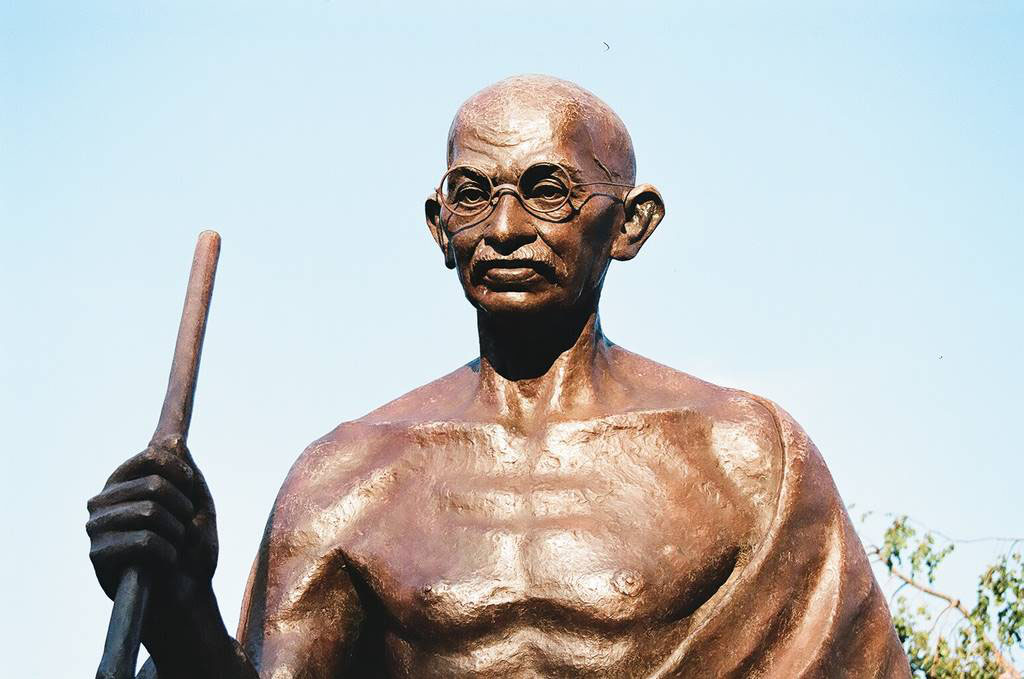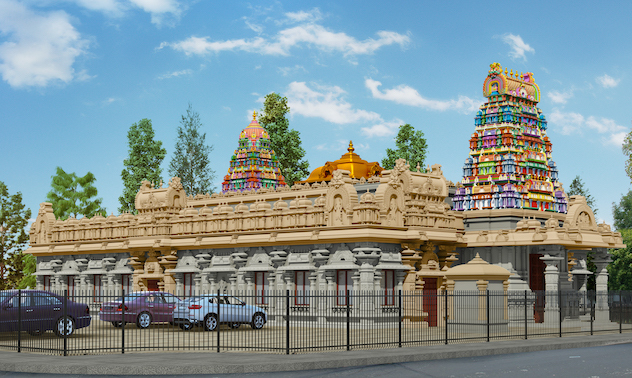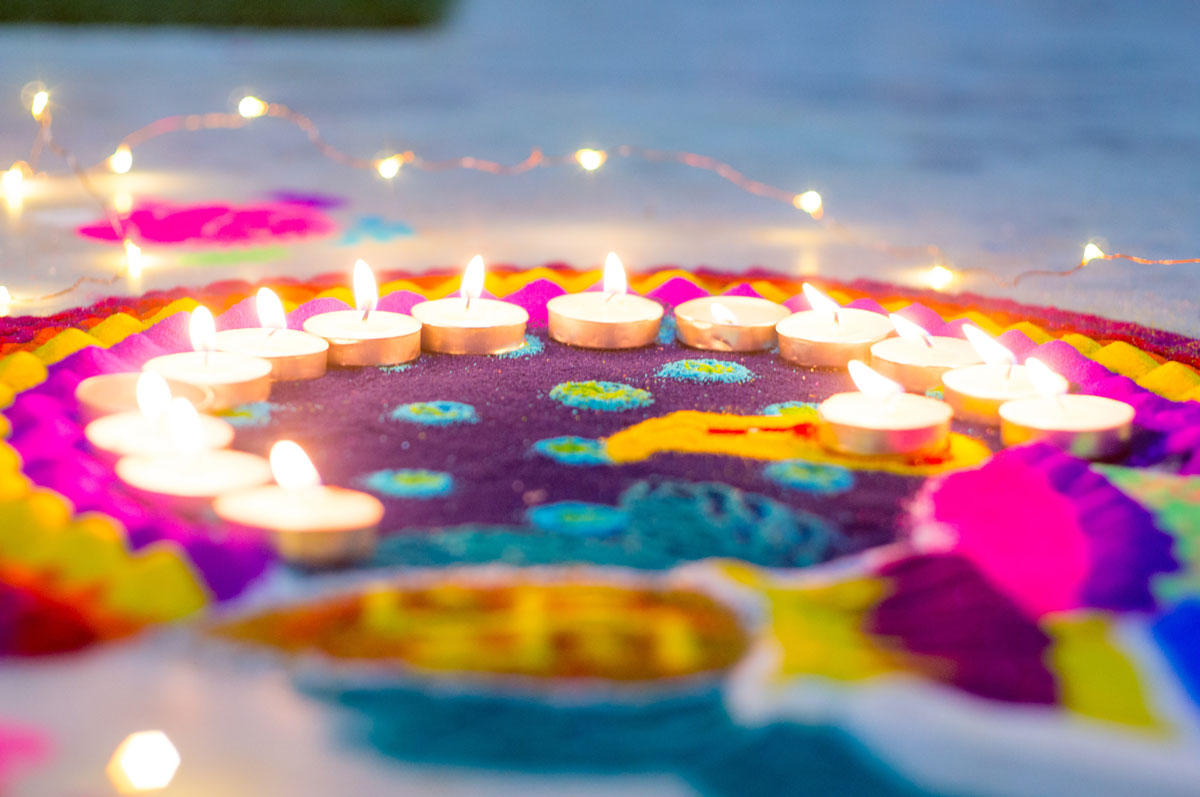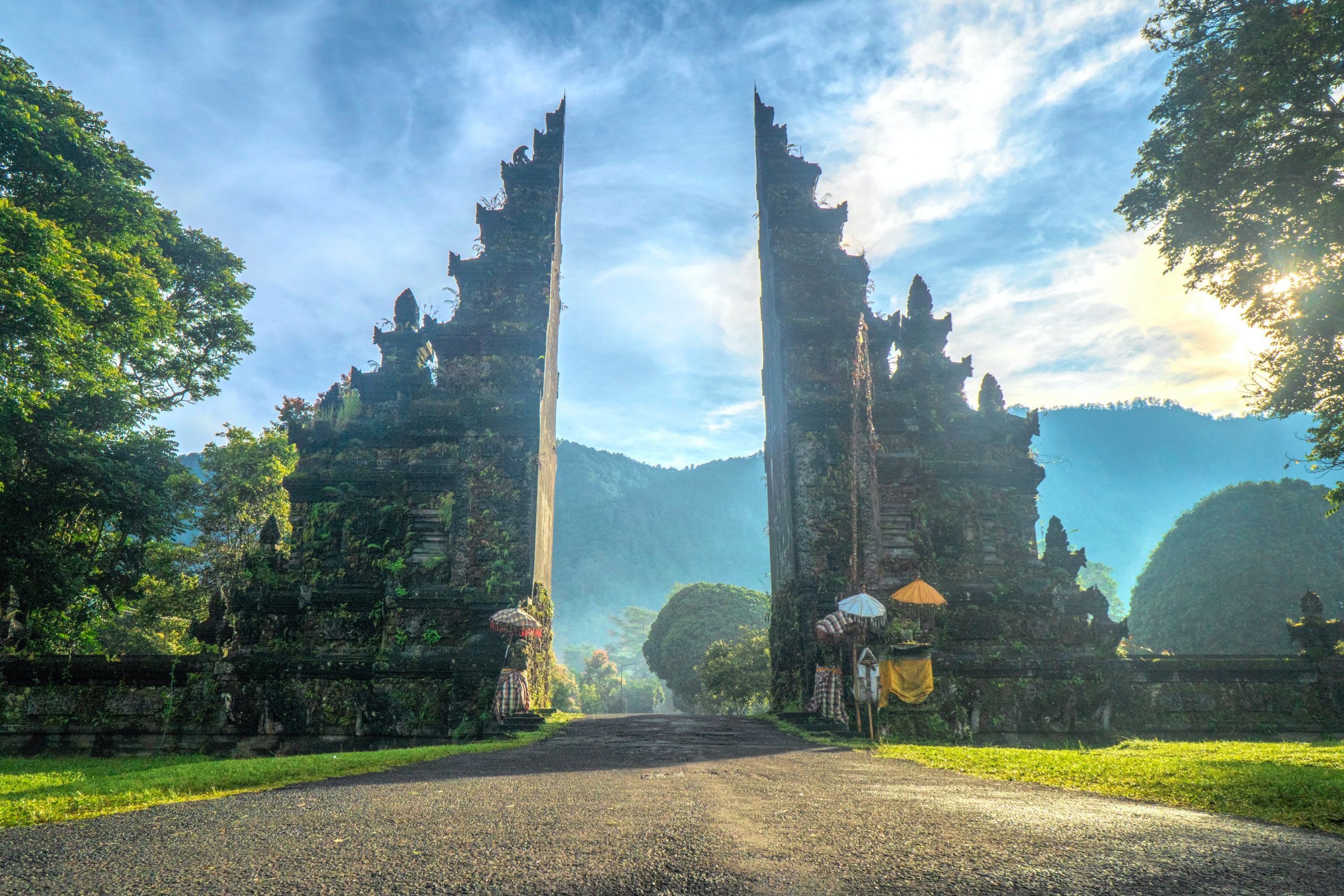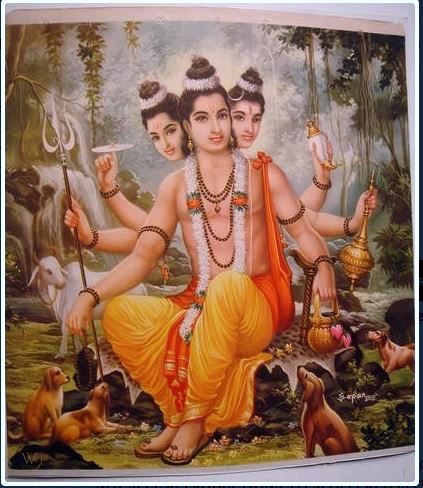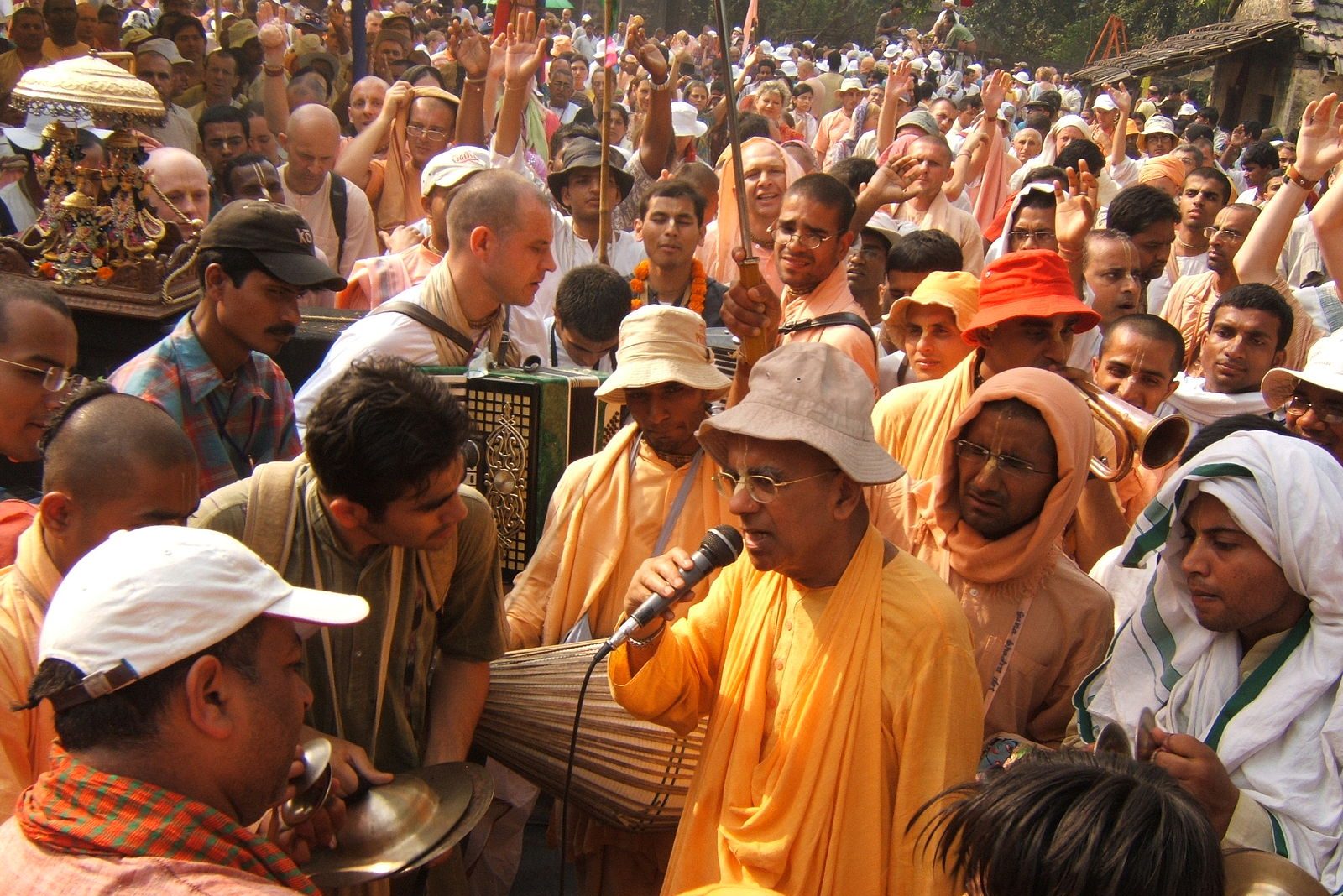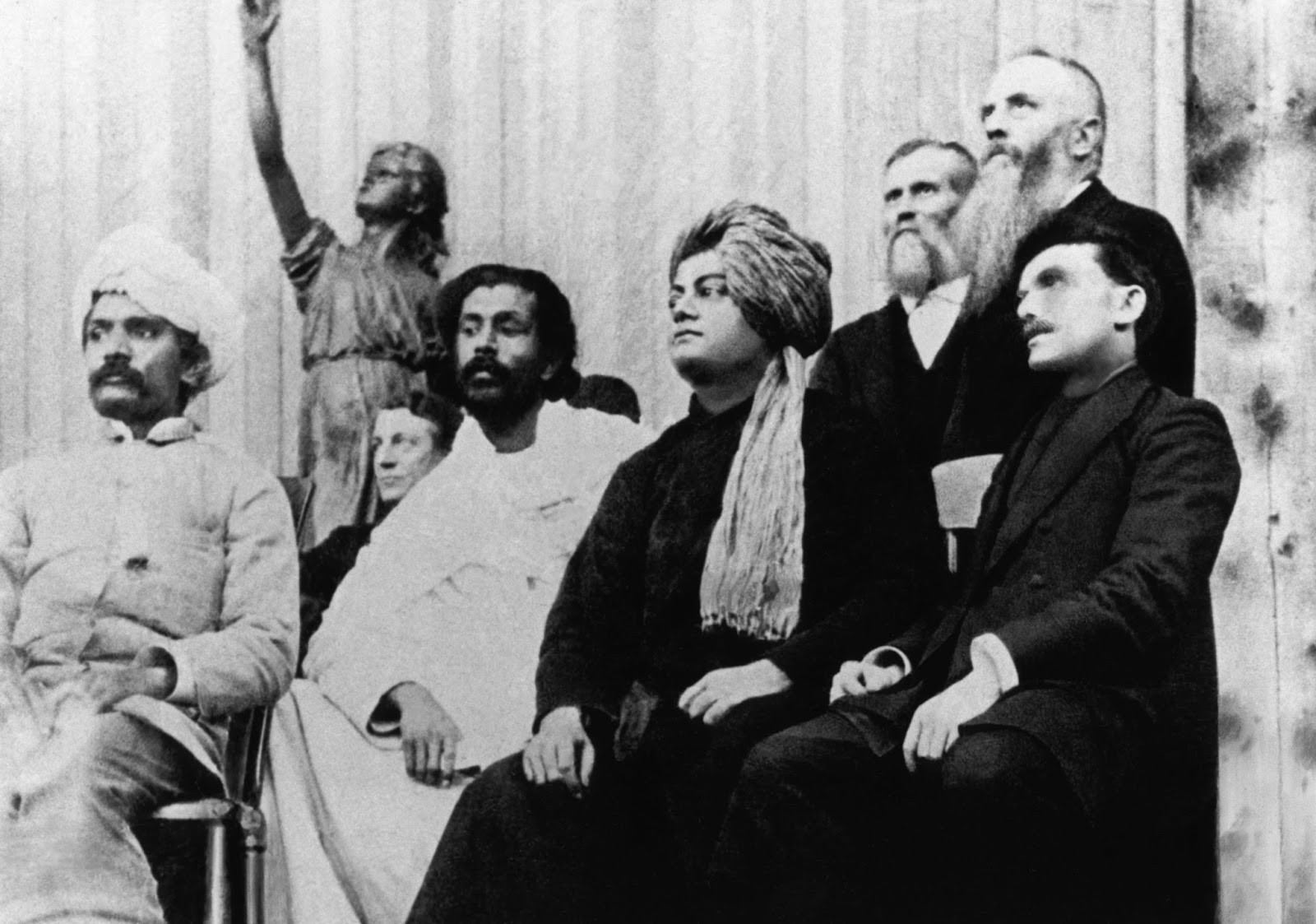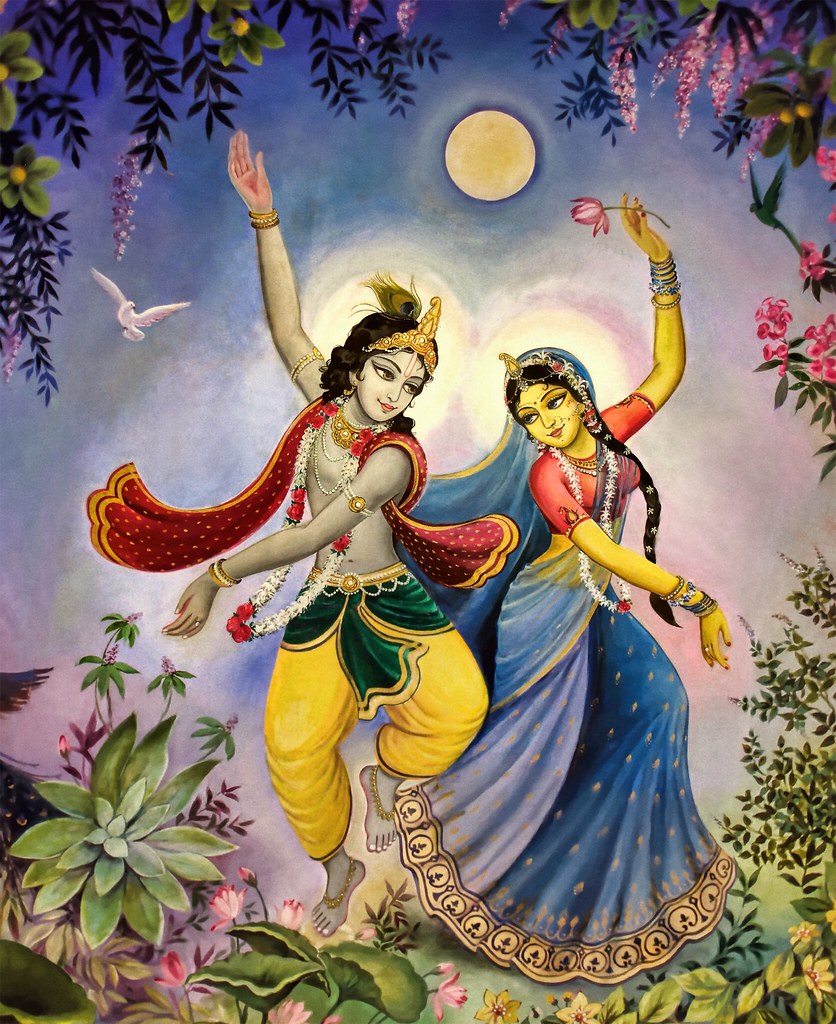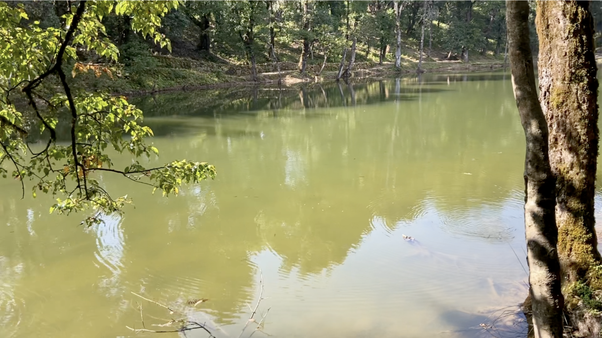

After returning to Uttarkashi from Gangotri, we journeyed to the sacred lake called Nachiketa Tal.
The story of this lake comes from the Kathaka Upanishad of Krishna Yajurveda. The story goes that in extremely ancient times, in the very early Vedic period, a man named Vajashravasa lived somewhere near here. He had a son named Nachiketa. When Nachiketa was ten years old, his father, desiring a place in Svarga, donated some of his cows to the Devas. Young Nachiketa noticed that his father was donating only the cows that were old, barren, blind, or lame, not the valuable cows, and he pointed this out. His father became annoyed. Nachiketa then said “I too am yours, to which Deva will you offer me?” Angrily, his father snapped, “I give you to Yamaraja (the God of Death)!”
Nachiketa took this seriously, and he set forth, seeking to go to Yamaraja as he took his father to have instructed him. Intuitively guided by his noble resolve, he found a pit in the earth on a hilltop. This pit was a portal into Yamaloka. To enter it was considered certain death for any living creature. Nachiketa descended into the pit. He reached Yama’s door, but Yama was out. Nachiketa waited for three days without food or water. Then Yama returned, and was sorry to see that a guest had waited so long at his door. To make up for the three days of waiting, he offered the boy three boons. Nachiketa’s first request was to return to his father, and peace for his father and himself (this kind of seems to me like slipping in two boons in one, but Yama accepted it). The second boon was to learn the sacred fire sacrifice. Yama taught it to him. For his third boon, Nachiketa asked to learn the mystery of what comes after death.
Yama tried to dissuade Nachiketa, offering him other boons instead: long life, wealth, rulership of a planet of his choice, etc., but Nachiketa said that material things were ephemeral and held to his choice of boon. Yama was secretly pleased with this dedicated disciple, and taught him Atma Vidya, the true knowledge of the Self, the inner teachings of the Veda.
Having learned the True Knowledge, Nachiketa returned from Death as an enlightened Jivanmukta. A great sage, he established an ashram near the very pit of Yama, which was beside a lake. This lake was named Nachiketa Tal after him, and still is to this day. It is also known to now be inhabited by a Naga.
It’s a 26 km drive from Uttarkashi, which took about an hour, into the Dunda region. The road reaches to Chauranghi Khal village, named after the great Guru Chauranghi Nath, a shishya of the renowned Gorakhnath. Chauranghi Nath established his Ashram here, and a temple still marks the spot.
From Chauranghi Khal village, a hiking trail strewn with heavily mossy logs climbs five km up the mountain through a forest of rhododendron trees. The forest is very quiet and beautiful.
The silence there felt weirdly empty after being near Ganga’s music for so long. There weren’t many birds; it was striking, and actually felt a little eerie.
The lake itself was surrounded by giant rhododendrons, one of which branched into five trunks like a monstrous hand reaching from the ground. I noticed an unusual number of dead trees in the area. The lake… well to be honest, it felt haunted.
I easily believe a Naga dwells in there, but I didn’t get a particularly friendly feeling. On the contrary, it felt a little foreboding. It is extremely full of fish, though, and we fed them. A small Naga temple stands on the shore; one old sadhu takes care of the temple.
The villagers up there were friendly. They gave us chai, never made any sign of asking for money, etc. They did not speak English. Exploring around a little, we left the forest and encountered a large herd of goats roaming the hilltop.
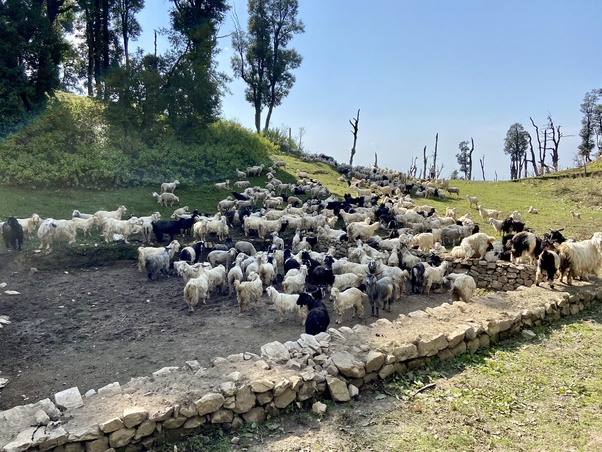
Not far away we found the young goatherd men, just lying in the grass in the shade of some trees, happy and relaxed while their goats grazed peacefully. It’s incredible to witness the difference between modern city life and forest village life like these people live. It’s as if they are centuries apart. I approached; none of them stood, but they sat and smiled at us. I asked them (in Hindi) where Yamaraja’s cave was, and they all pointed excitedly, seeming pleased to be helpful. We followed their pointing and found the cave, which was a pit straight down into the ground in the middle of a field.
Hiking back down and returning to the taxi back to Uttarkashi, we just avoided getting caught in a sudden mountain rain.
A note: Though I undertook this trip in the autumn of 2022, information on the temples and places visited presented at the links in this article are current as of mid-2025. Logistical details of getting between places can change quickly, however, and individuals should verify the latest information from other sources.
All photos in this article © Devala Rees.


